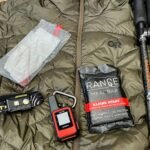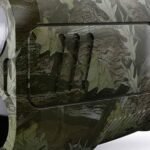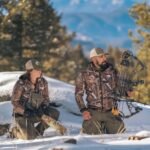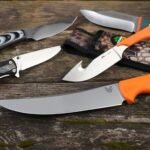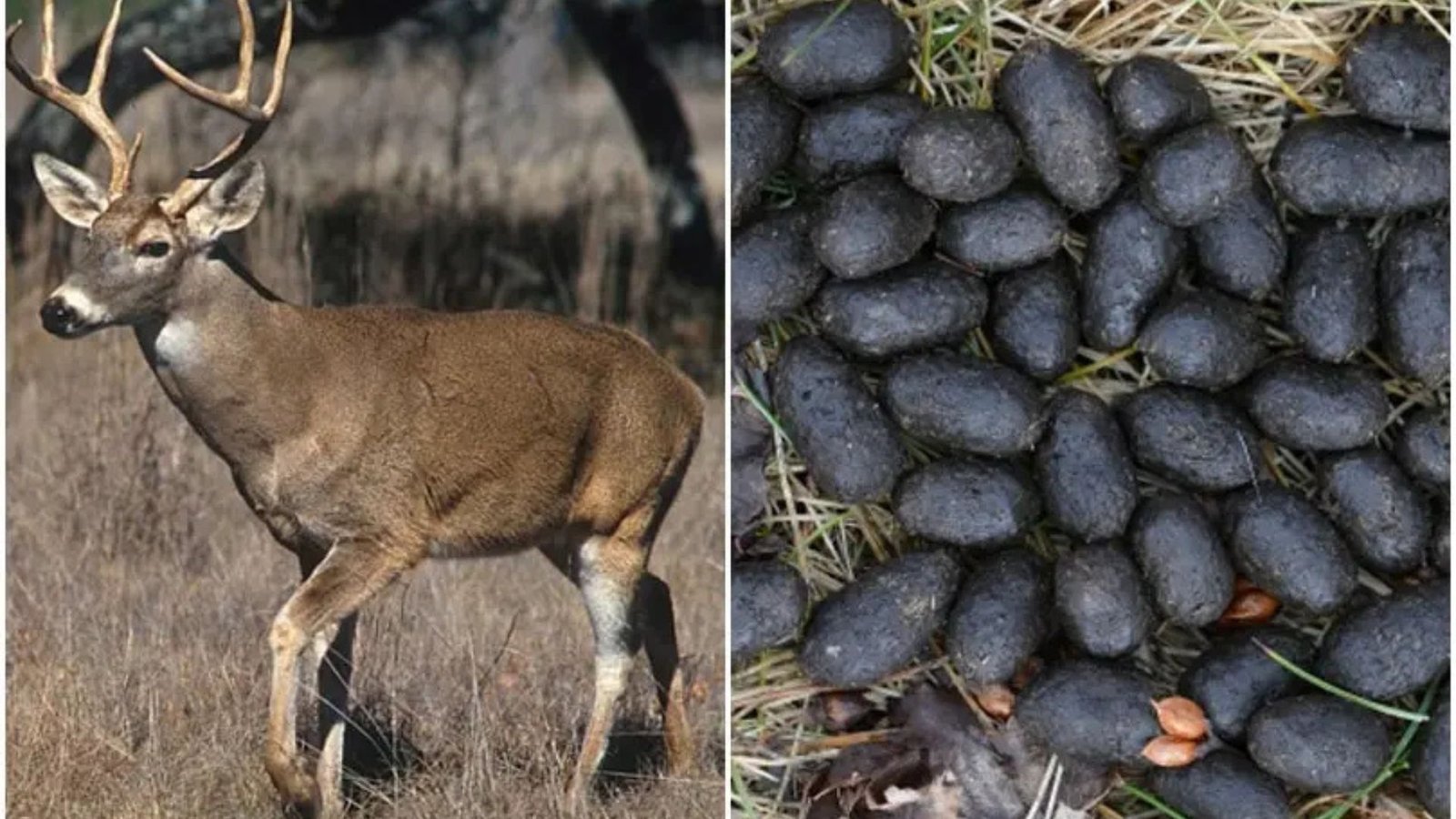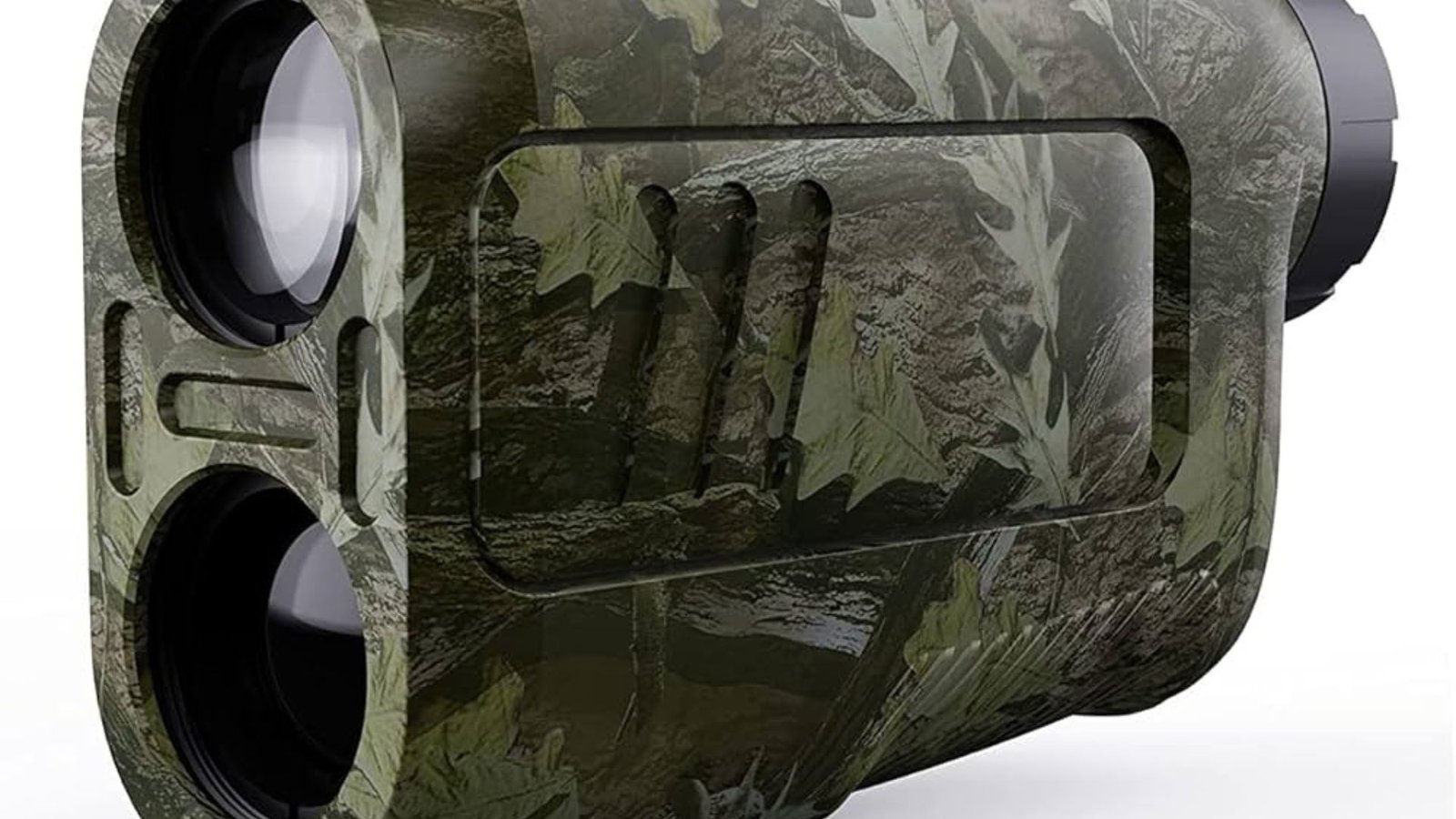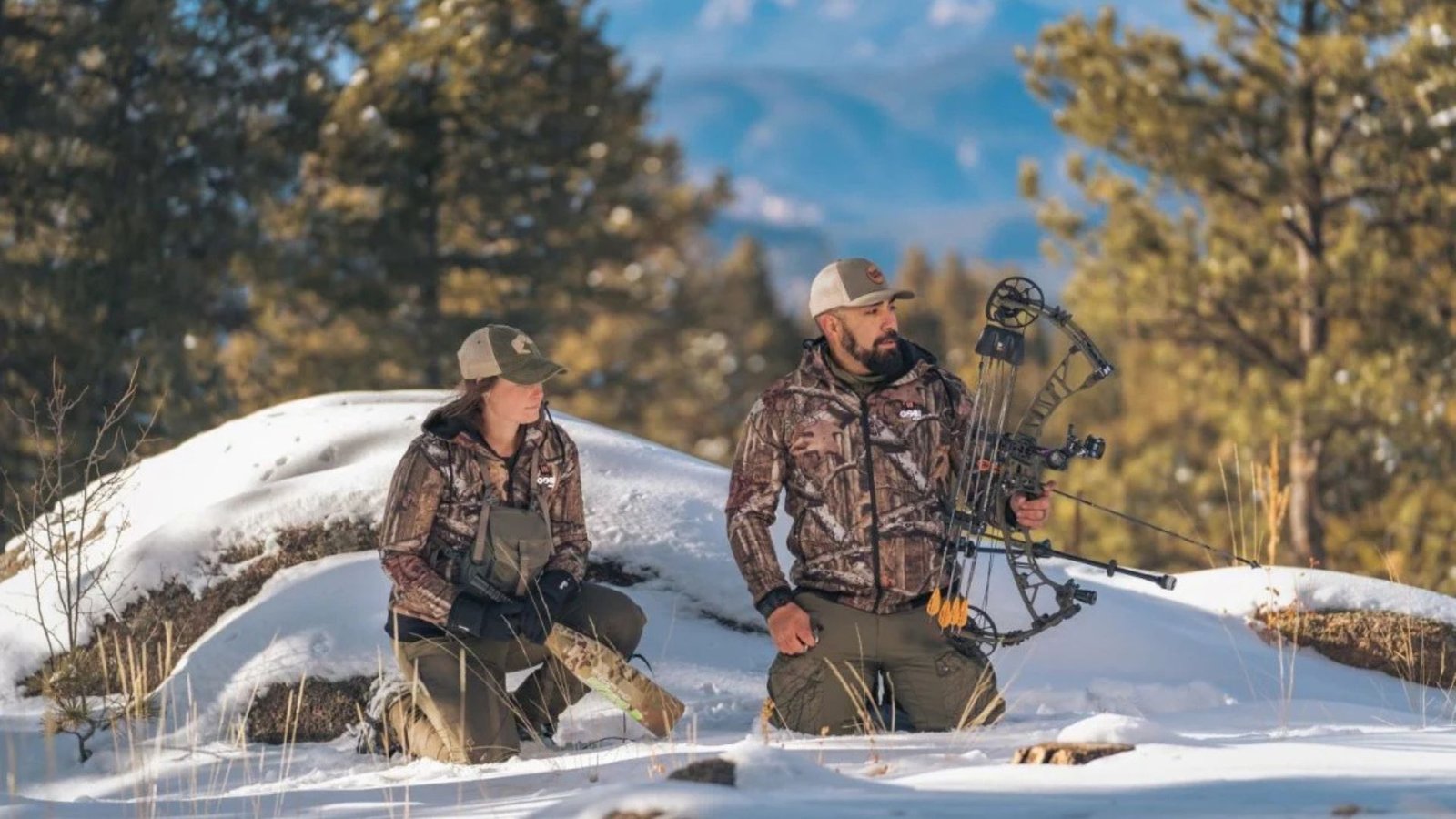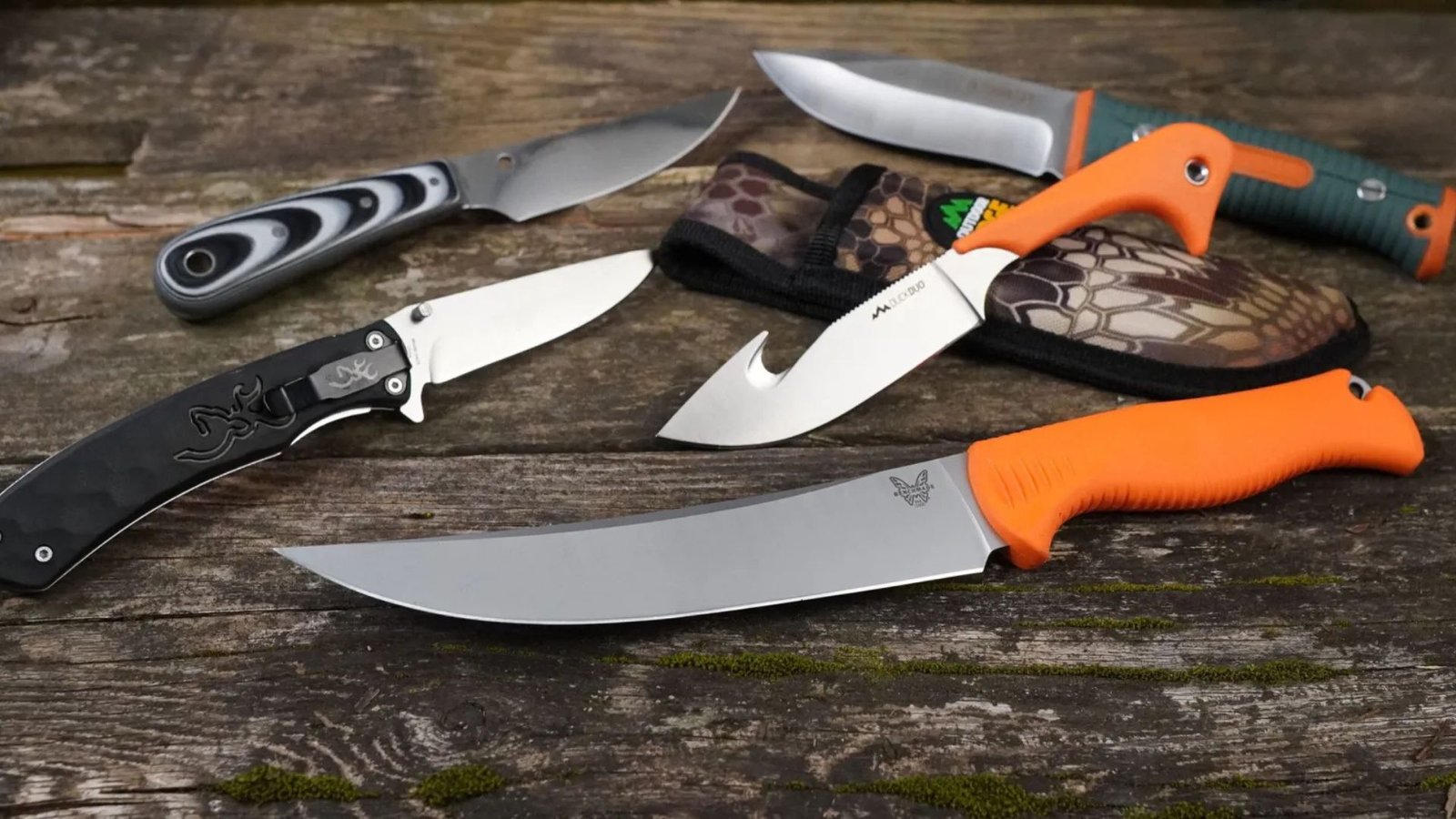Identifying deer droppings is an essential skill for hunters and wildlife enthusiasts. Methods for identifying deer droppings can give you important clues about the presence of deer in a specific area. By knowing how to recognize deer droppings, you can track their movements, estimate their diet, and gain valuable insights into their behavior. In this article, we’ll cover some of the most effective ways to identify deer droppings and interpret them to improve your hunting or wildlife observation experience.
Why Identifying Deer Droppings is Important
The first step in learning methods for identifying deer droppings is understanding why it’s useful. Deer droppings are not just waste; they are a sign that deer have recently been in the area. By studying the size, shape, and content of the droppings, you can gain valuable information about the number of deer, their health, and their diet. Knowing how to identify these droppings helps you track deer behavior, locate feeding areas, and pinpoint their travel paths.
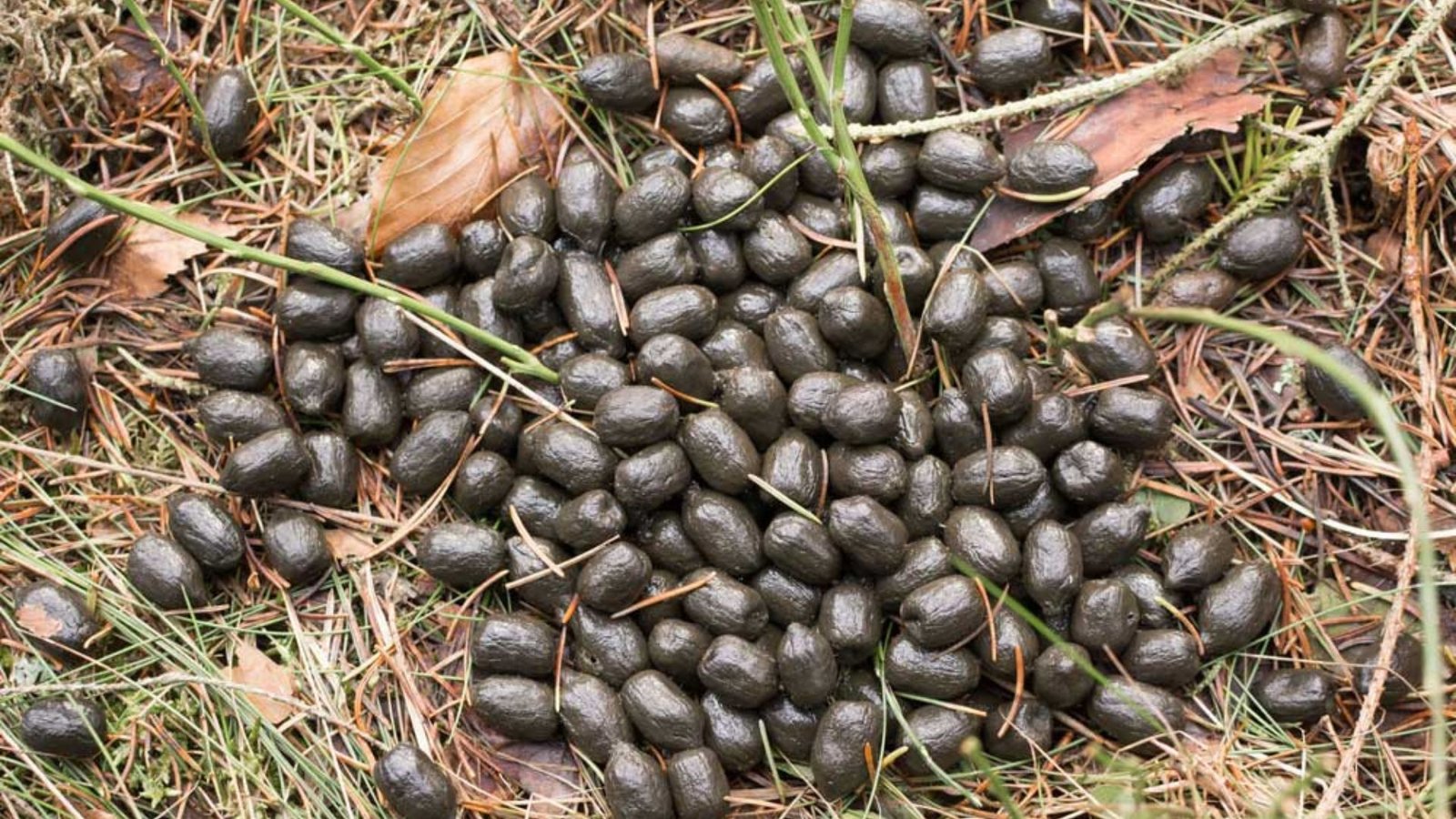
Look for Shape and Size
One of the simplest methods for identifying deer droppings is by examining their shape and size. Deer droppings are typically small, round, and cylindrical, resembling a series of pellets. The size can vary depending on the deer’s age and diet, but they are generally about 1/2 inch in diameter. In some cases, deer droppings may appear more elongated, but they will still have a uniform shape. If you find droppings that are much larger or more irregular in shape, they may be from a different animal.
Check for Color and Freshness
Another way to identify deer droppings is by looking at their color and freshness. Methods for identifying deer droppings often involve checking for differences in appearance. Fresh deer droppings are usually dark brown or green, which is a result of the diet they’ve been eating. If the droppings are old, they will appear lighter in color and may start to crumble. The freshness of the droppings can also tell you how recently the deer passed through the area. Fresh droppings indicate that deer have been in the area very recently, while older droppings may be several days old.
Adventure and Recreation in the Digital Age
Deer Tracks Ranch is all about creating unforgettable outdoor experiences filled with excitement and connection to nature. Similarly, jackpotjillvip Online Casino brings adventure to the digital world, offering entertainment that blends strategy and thrill. Both capture the spirit of exploration—whether in the wilderness or through immersive online experiences.
Examine the Content of the Droppings
Deer droppings can also provide insight into what the deer have been eating. Methods for identifying deer droppings include checking the contents for plant matter, seeds, or even traces of berries. Deer are herbivores, so you’ll often find remnants of grass, leaves, twigs, and acorns in their droppings. If you see a lot of seeds or fruit pieces, it’s likely that the deer have been foraging in areas with berry bushes or fruit-bearing trees. This information can be helpful in identifying preferred feeding areas and predicting the deer’s movement.
Look for Groupings of Droppings
Deer often travel in groups, especially during certain times of the year, and this can be helpful when learning methods for identifying deer droppings. If you come across several piles of droppings clustered closely together, it may be a sign that multiple deer have been in the area. Groupings of droppings are common near feeding areas or along travel corridors, so keep an eye out for them. By noting where these groupings are, you can learn about the density of the deer population and better understand their travel habits.
Use the Environment to Your Advantage
The environment plays a crucial role in identifying deer droppings. Deer are creatures of habit and tend to follow the same paths repeatedly. These paths often lead to water sources, feeding areas, or bedding locations. By searching in these areas, you are more likely to find fresh droppings. If you’re near a river, pond, or dense forest, these are prime spots to search for deer droppings. Understanding the environment where deer are likely to be can make identifying their droppings much easier.
Look for Tracks Near the Droppings
Another effective method for identifying deer droppings is by checking for tracks in the vicinity. If you find a pile of droppings, look around the area for hoof prints. Methods for identifying deer droppings become more reliable when you combine them with tracks, as this confirms the presence of deer in the area. Deer tracks are generally heart-shaped and have a distinct split in the hoof, which makes them easy to spot. Combining tracks and droppings can give you a clear idea of how many deer are in the area and their recent movements.
Consider the Season
The time of year also plays a role in identifying deer droppings. Methods for identifying deer droppings can be more accurate when you consider the season. For example, during the fall, deer often feed heavily on acorns and other nuts, which may be visible in their droppings. In the winter, their diet may consist of bark and woody plants. Knowing what deer eat during different seasons can help you identify their droppings with more precision and understand their feeding patterns.
Differentiate Between Deer and Other Animal Droppings
In some areas, you may come across droppings that resemble deer droppings, but they could belong to other animals. Methods for identifying deer droppings should involve comparing them to the droppings of other animals like elk, moose, or even smaller mammals. While the size and shape of deer droppings are usually distinct, other animals may leave droppings that look similar. For instance, elk droppings are often larger and more cylindrical, while moose droppings tend to be more irregular in shape. By understanding these differences, you can be sure that the droppings you find are from deer.
No KYC Casinos
Deer Tracks Ranch is known for offering unforgettable experiences in a natural and welcoming setting, and some online platforms share this same commitment to simplicity and enjoyment. For those who appreciate privacy and convenience, No KYC Casinos features trusted options without long verification steps. It’s an easy and secure way to enjoy digital entertainment with freedom.
Conclusion
In conclusion, methods for identifying deer droppings are essential for tracking and observing deer in the wild. By paying attention to the shape, size, color, and contents of the droppings, you can gain valuable information about deer movements, feeding habits, and more. Combining this knowledge with environmental factors and tracks can improve your ability to successfully identify and track deer. With practice, identifying deer droppings becomes a simple but effective tool in your wildlife tracking toolkit.



